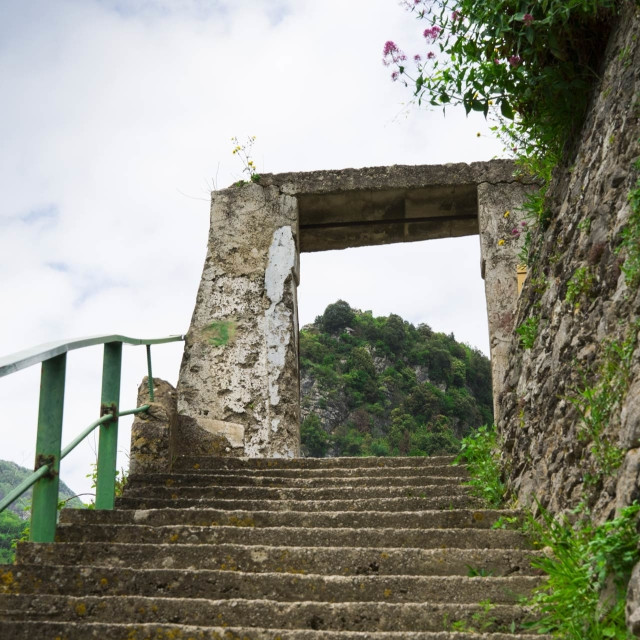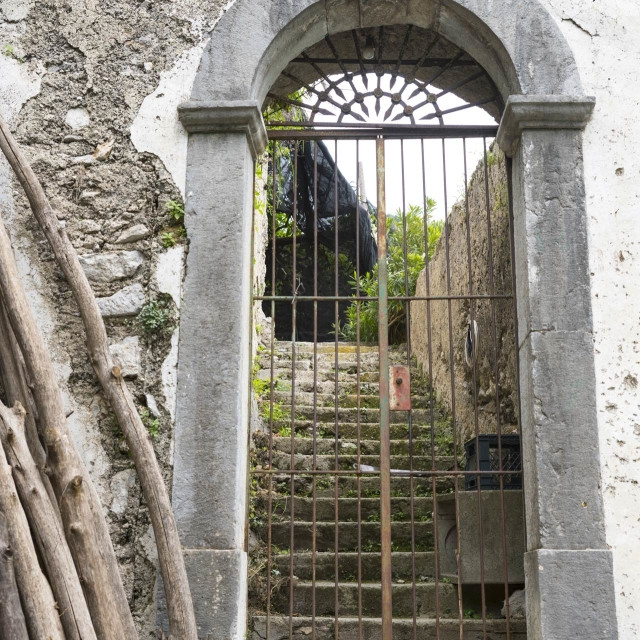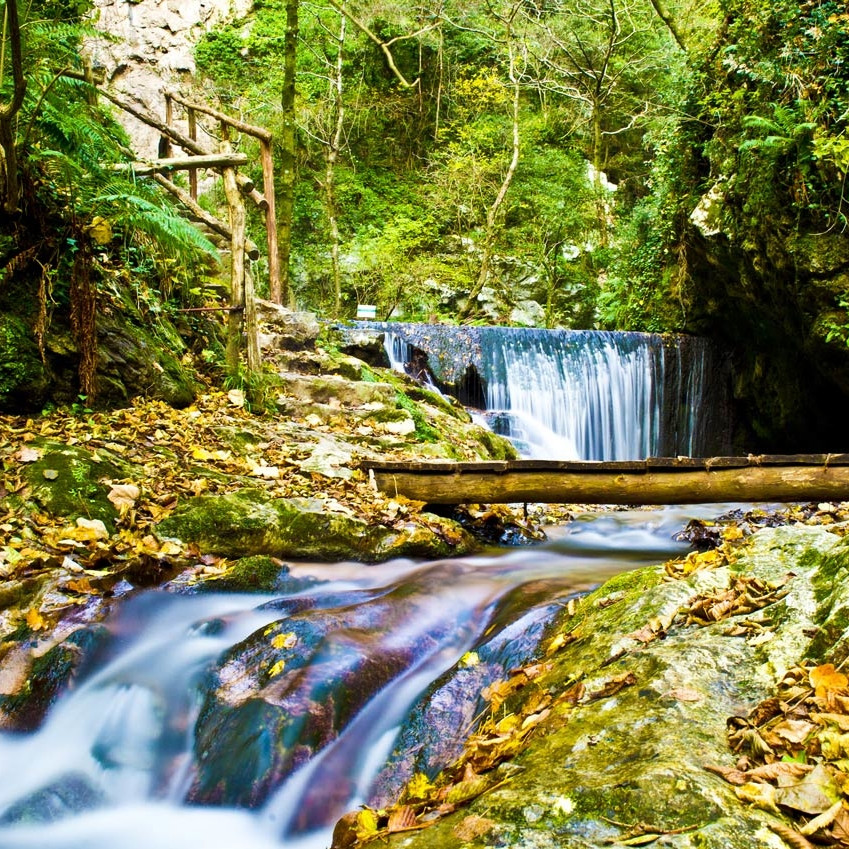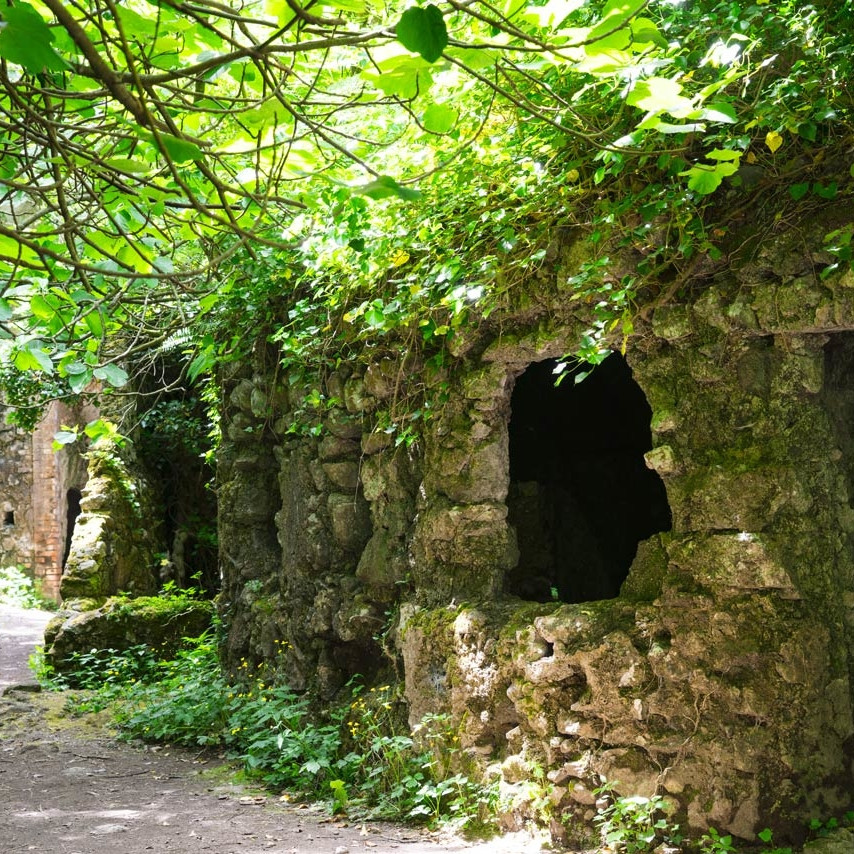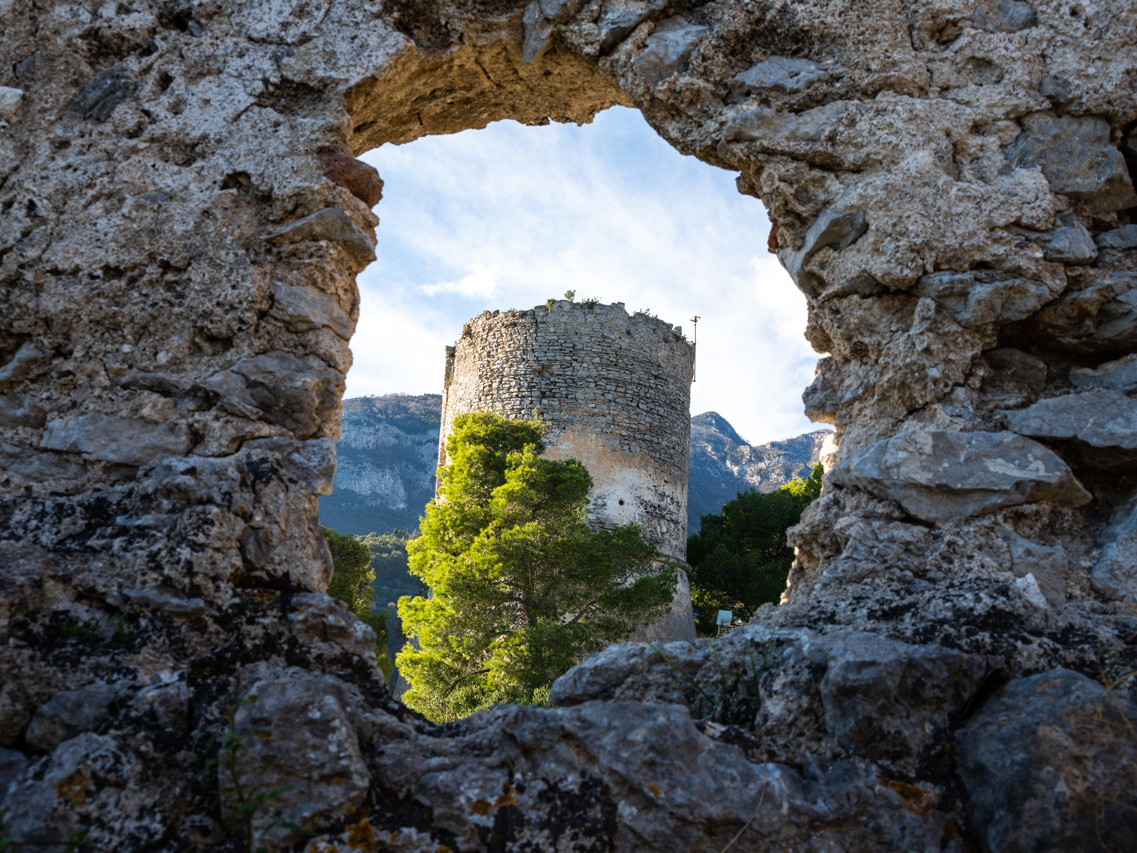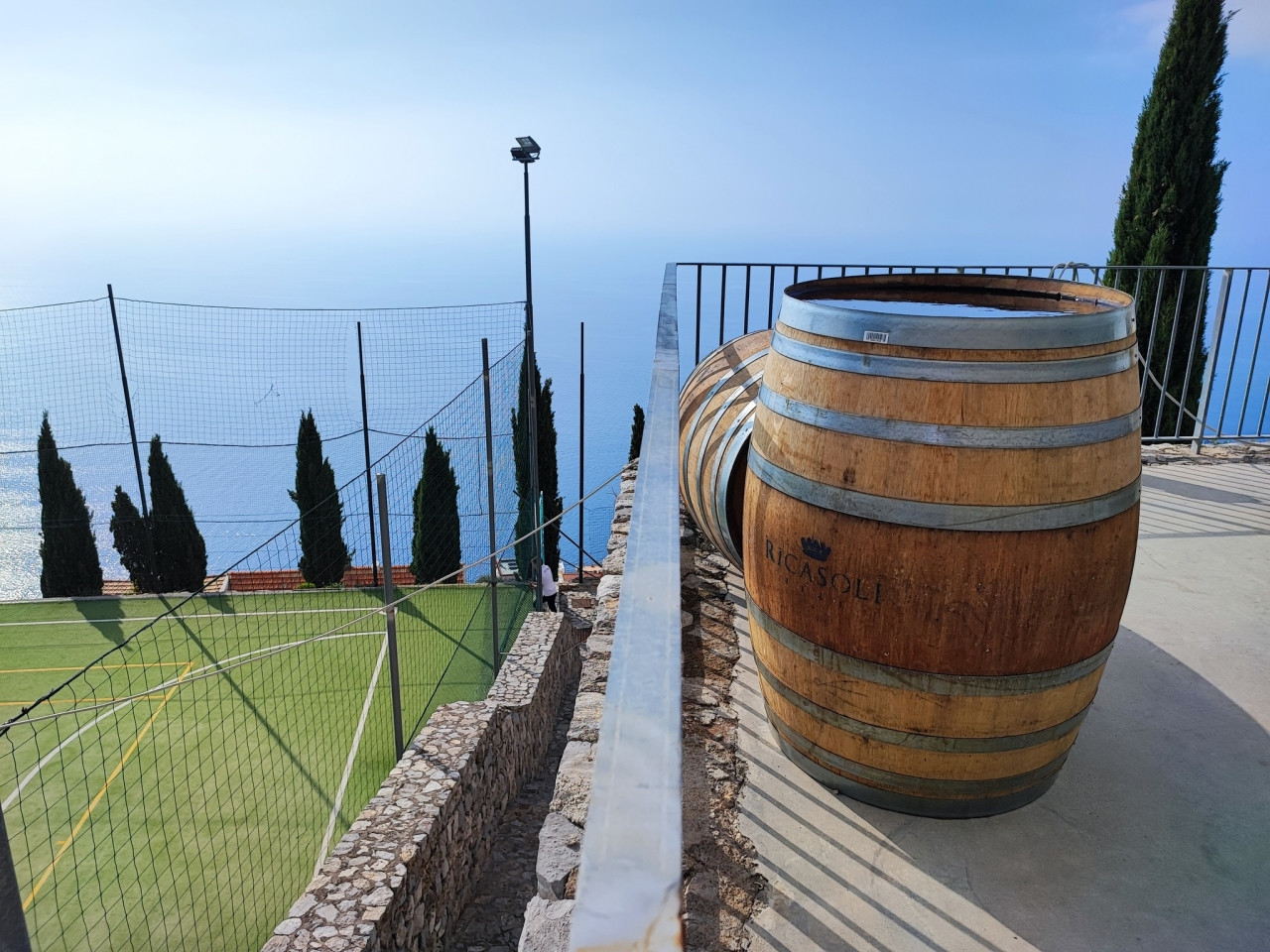DISCOVERING THE ENCHANTED VALLEY: THE VALLE DELLE FERRIERE
The Amalfi Coast is a treasure trove of wonders to be discovered: beaches and crystal clear water, art, history, natural trails and much more. Today I want to help you discover one of the most evocative natural trails: the “Valle delle Ferriere”
by Annalisa Russo
If you are looking for an alternative to the crowded beaches during the high season, “Valle delle Ferriere” is the place for you! If I had to describe this valley with just one word, it would be “enchanting”. I think it is such a fascinating valley: the perfect place to take a break and relax. Get your backpack and put on your comfortable shoes! Now we just have to set off, let’s go!
share this article
Valle delle Ferriere - Amalfi
From Pontone to Amalfi
Our excursion starts from Pontone (a village of Scala) and ends in Amalfi.
As soon as you reach the little square of Pontone, you will see some ruins from afar. I noticed them immediately since they are wonderful and evocative: the ruins of the Church of Sant’Eustachio. As you will soon learn, there are plenty of wonderful glimpses to enjoy. Head toward the valley and let yourself be enthralled by the beauty of the landscape: lemon gardens and breathtaking views… what a wonderful view overlooking Amalfi! I am sure you will want to take a picture of every corner of this paradise!
Once inside the nature reserve, the sound of the water will lull you. The source of this sound is the River Canneto, which, flowing through the valley, creates waterfalls and streams, making this scenery look like a fairy-tale. During the hottest periods of the year, it is common to see people bathing in these natural pools. But, be careful: the water is really cold, even in summer.
But what makes this place so special?
“Valle delle Ferriere” is a vast natural reserve of approximately 450 hectares. Today, this is a touristic place, but in the past it was an important productive hub where the motive force of the water of the River Canneto was exploited. When you get into the valley, you will see some ruins completely covered by vegetation that are, for this reason, even more evocative. Along the path you will find not only ancient paper factories but also an aqueduct and an ironworks (ferriera) from which the valley takes its name. But that is not all…this valley can be considered a unique place due to its flora and fauna.
Thanks to its strategic position (protected from the cold winds and south oriented), the valley is characterized by a special microclimate that has allowed the conservation of a species of a fern dating back to the Tertiary period: the woodwardia radicans (also known as the giant fern). The fern together with the spectacled salamander is the symbol of “Valle delle Ferriere”. Obviously, the woodwardia radicans and the spectacled salamander are not the only inhabitants of the valley, which is instead characterized by lush vegetation and several species of animals.
If you love nature, this valley is the place for you! I enjoyed the natural sounds and scents, I loved the ruins and their history! So, since I am a dreamer, I imagined the paper factory producing the famous paper of Amalfi or "bambagina".
Hence, along the way to Amalfi, the "spanditoi" (the place where the freshly made sheets of paper were taken to be dried) can still be visible. If you are interested in the theme of the Amalfi paper, I suggest visiting “the Paper Museum”, not far from the steps which mark the end of our excursion! We are in Amalfi, we have reached our destination!
If you are on the Amalfi Coast, a visit to the “Valle delle Ferriere” is mandatory. Trust me, you will not regret it!
- The area is known as Valle delle Ferriere for the presence of some remains of an ironworks, dating back to the Middle Ages, where nails were produced for the boats of the Republic of Amalfi.
- In the Valley you can also find a carnivorous plant: the Pinguicola Hirtiflora.
- Between the eleventh and twelfth centuries in this valley was very active the production of pasta thanks to the many mills that were later transformed into paper mills.
fun facts
share this article
